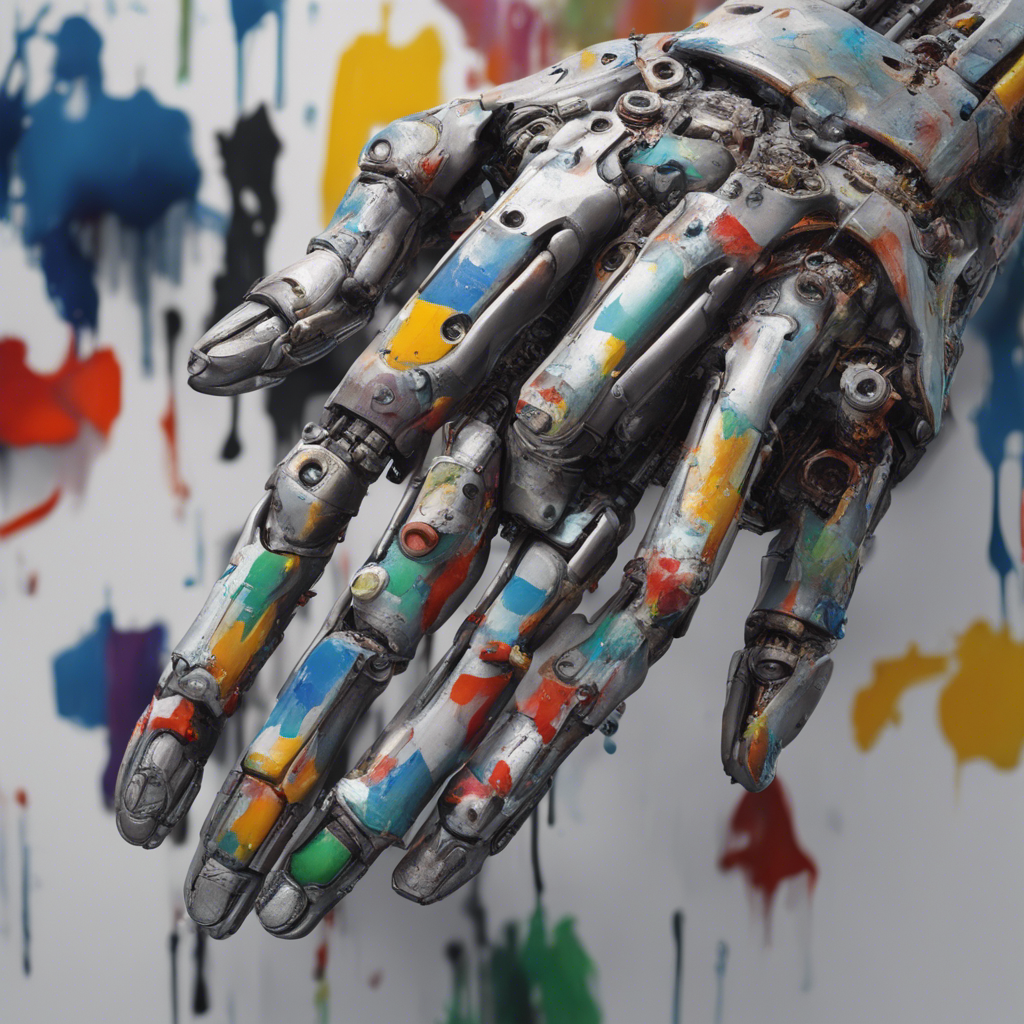
Machine learning and deep learning are two terms often used interchangeably when discussing artificial intelligence (AI). However, they are distinct approaches to solving problems. In this blog post, we will delve into the intricacies of both machine learning and deep learning, understanding their similarities, differences, and their applications in real-world scenarios.
Machine Learning: Unleashing the Power of Data
Machine learning is a subset of AI that focuses on training models to make accurate predictions or decisions based on patterns in data. It involves developing algorithms that automatically learn from and improve through experience without being explicitly programmed. In other words, machine learning enables computers to learn and make decisions without human intervention or explicit instructions.
In machine learning, data plays a central role. A large dataset is fed into the model, which is then trained to recognize patterns and relationships within the data. The model learns to generalize from the training data and make predictions or decisions on unseen or new data. The accuracy and performance of a machine learning model greatly depend on the quality, diversity, and quantity of the training data.
Deep Learning: Unveiling the Power of Neural Networks
Deep learning is a subset of machine learning that is inspired by the structure and functions of the human brain. It utilizes artificial neural networks, called deep neural networks, to mimic the pattern recognition capabilities of the brain. Deep learning algorithms aim to automatically learn hierarchical representations of data through multiple layers of interconnected neurons, called hidden layers.
Unlike traditional machine learning algorithms, which require handcrafted features, deep learning algorithms learn the feature representation directly from the raw input data. This ability to extract complex features from large-scale data makes deep learning particularly effective in areas such as image recognition, natural language processing, and speech recognition.
Deep learning models, such as convolutional neural networks (CNNs) and recurrent neural networks (RNNs), have achieved remarkable performance on various tasks. However, they require large amounts of labeled data and substantial computing power to train and fine-tune the model parameters.
Key Differences and Similarities
While both machine learning and deep learning are subfields of AI and share the goal of enabling computers to learn from data, there are key differences that set them apart:
-
Data Dependency: Machine learning relies on structured data with labeled input-output pairs for training. Deep learning, on the other hand, can work effectively with raw, unstructured data such as images, audio, and text.
-
Feature Extraction: Machine learning algorithms require handcrafted features to be identified and selected in advance. In contrast, deep learning algorithms automatically learn hierarchical representations of features from the raw input data.
-
Training Time and Resources: Deep learning models are computationally intensive to train and fine-tune due to the large number of parameters and the need for vast amounts of labeled data. Machine learning models can often be trained on smaller datasets with less computational power.
-
Interpretability: Machine learning models are often more interpretable since they rely on explicit features and rules. Deep learning models, with their complex architectures and millions of parameters, are less interpretable, often referred to as black boxes.
-
Application Focus: Machine learning algorithms are commonly used for a wide range of supervised and unsupervised learning tasks, including recommendation systems, fraud detection, and clustering. Deep learning excels in handling complex perceptual tasks such as image classification, speech recognition, and natural language processing.
Real-World Applications
The difference in data requirements, feature extraction, and application focus of machine learning and deep learning make them suitable for various real-world scenarios. Here are some examples:
-
Machine Learning:
- Email Spam Filtering: Machine learning models can be trained to classify emails as spam or legitimate based on labeled data.
- Credit Scoring: Machine learning models can predict creditworthiness by analyzing historic data and customer profiles.
- Stock Market Prediction: Machine learning algorithms can identify patterns and trends in financial data to assist investors in making informed decisions.
-
Deep Learning:
- Image Recognition: Deep learning models trained on large image datasets can accurately identify objects and classify images.
- Natural Language Processing: Deep learning algorithms can understand and generate human-like text, enabling chatbots and language translation.
- Autonomous Vehicles: Deep learning is crucial for training self-driving cars to recognize and respond to various road conditions.
Conclusion
In summary, while machine learning and deep learning are both subfields of AI and share a common goal of enabling computers to learn from data, they differ in their approach to data, feature extraction, interpretability, and application focus. Machine learning is more versatile, requiring labeled data and handcrafted features, while deep learning excels at processing unstructured data to extract complex representations for tasks such as image recognition and natural language processing.
By understanding the differences and similarities between machine learning and deep learning, organizations and developers can choose the most appropriate approach for their specific use cases. Both machine learning and deep learning have revolutionized the field of AI and continue to drive innovation across various industries, improving our lives in numerous ways.
References:
- Goodfellow, Ian, et al. “Deep Learning.” MIT Press, 2016.
- James, Gareth, et al. “An Introduction to Statistical Learning: with Applications in R.” Springer, 2014.
- Mitchell, Melanie. “Machine Learning.” McGraw-Hill Education, 1997.
(Please note that the images used in this blog post are for illustrative purposes only and are not affiliated with the referenced books.)






